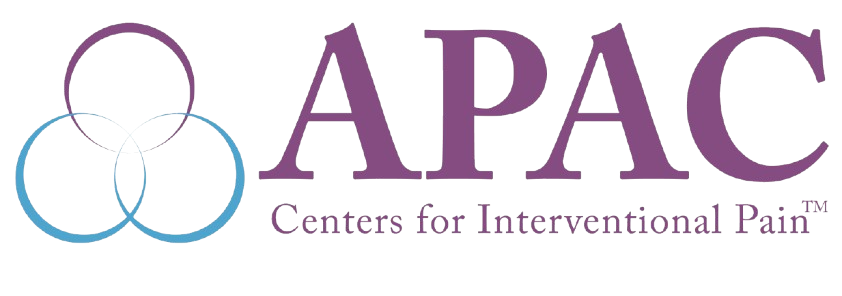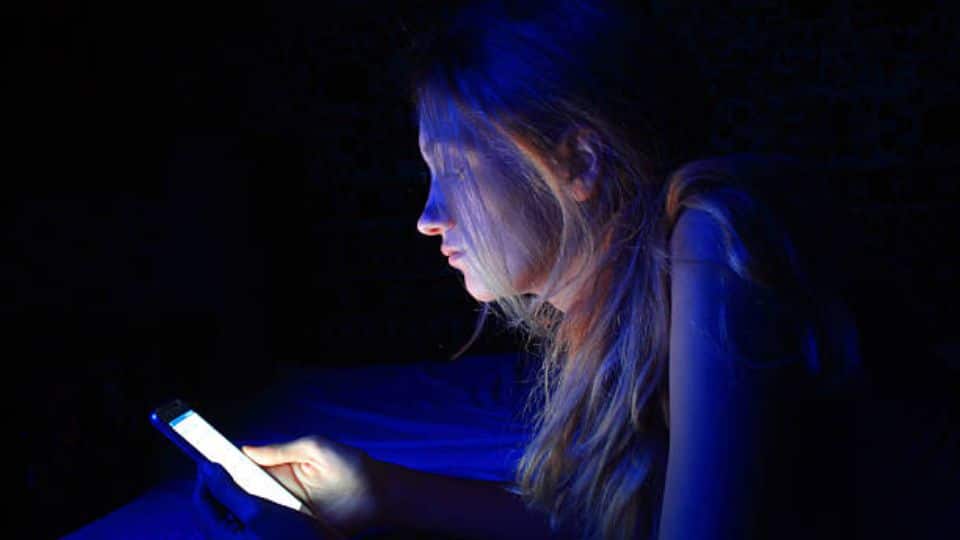Do you often get headaches after using electronic devices? If so, you’re not alone. Many people experience headaches after using screens that emit blue light.
A pain management specialist will offer the best assessment and advice to manage any migraines or headaches caused by blue light exposure.
Read more: What to Expect from Your Pain Management Specialist?
We will explore the link between blue light and headaches. We will also discuss ways to reduce your exposure to blue light and how to treat headaches caused by it.
What Is Blue Light?
Blue light is a color within the visible spectrum of light. It’s one type of short-wavelength light that has more energy than other colors. Blue light is emitted from natural sources like the sun and artificial sources like electronic devices.
This light contains a higher energy wavelength, making it easier for people to focus on screens for long periods. It can also help regulate the body’s circadian rhythm and sleep-wake cycle.
Can Blue Light Cause Headaches?
The short answer is yes, blue light can cause headaches. When you spend a lot of time looking at screens, such as your phone, computer, or tablet, the blue light from these devices may contribute to headaches and even migraine attacks.
This happens because blue light affects the production of melatonin, a hormone that helps us sleep. When exposure to blue light is too high, it can disrupt your body’s natural circadian rhythm and make it harder for you to fall asleep at night. This can lead to headaches during the day and an increased risk of migraine attacks.
When you look at screens for long periods, your eyes have to work harder than usual, and the muscles in your eyes get tired. The type of headache might vary from person to person. Some people experience tension-type headaches after prolonged exposure to blue light. Others might experience migraines that may be associated with blue light exposure.
Exposure to blue light can also lead to eye strain, fatigue, and difficulty sleeping. This is because the blue light from devices like phones and computers suppresses melatonin—the sleep hormone—which disrupts your body’s natural circadian rhythm. The combination of physical fatigue from eye strain and lack of sleep can lead to headaches.
Tips To Avoid Blue Light
If you’re experiencing headaches after prolonged exposure to blue light, it’s essential to reduce your exposure and get the rest your body needs. Here are some tips to help you avoid blue light and protect your eyes.
1. Reduce Screen Time:
Cut back on long hours in front of digital screens, including TVs, laptops, and smartphones. Limit the time you spend on these devices and take regular breaks to rest your eyes.
2. Change Your Lighting:
Swap your fluorescent lighting for incandescent light bulbs. This will reduce the amount of blue light in your home or workspace.
3. Wear Blue Light Blocking Glasses:
Special glasses are designed to block blue light from screens and bulbs. These can be worn both indoors and outdoors.
4. Use Computer Filters:
Install a computer filter that blocks blue light from your device. Some newer laptops and smartphones also have blue light filters built in.
Contact APAC for the best pain management in Indiana. We provide quality healthcare to all of our patients.







